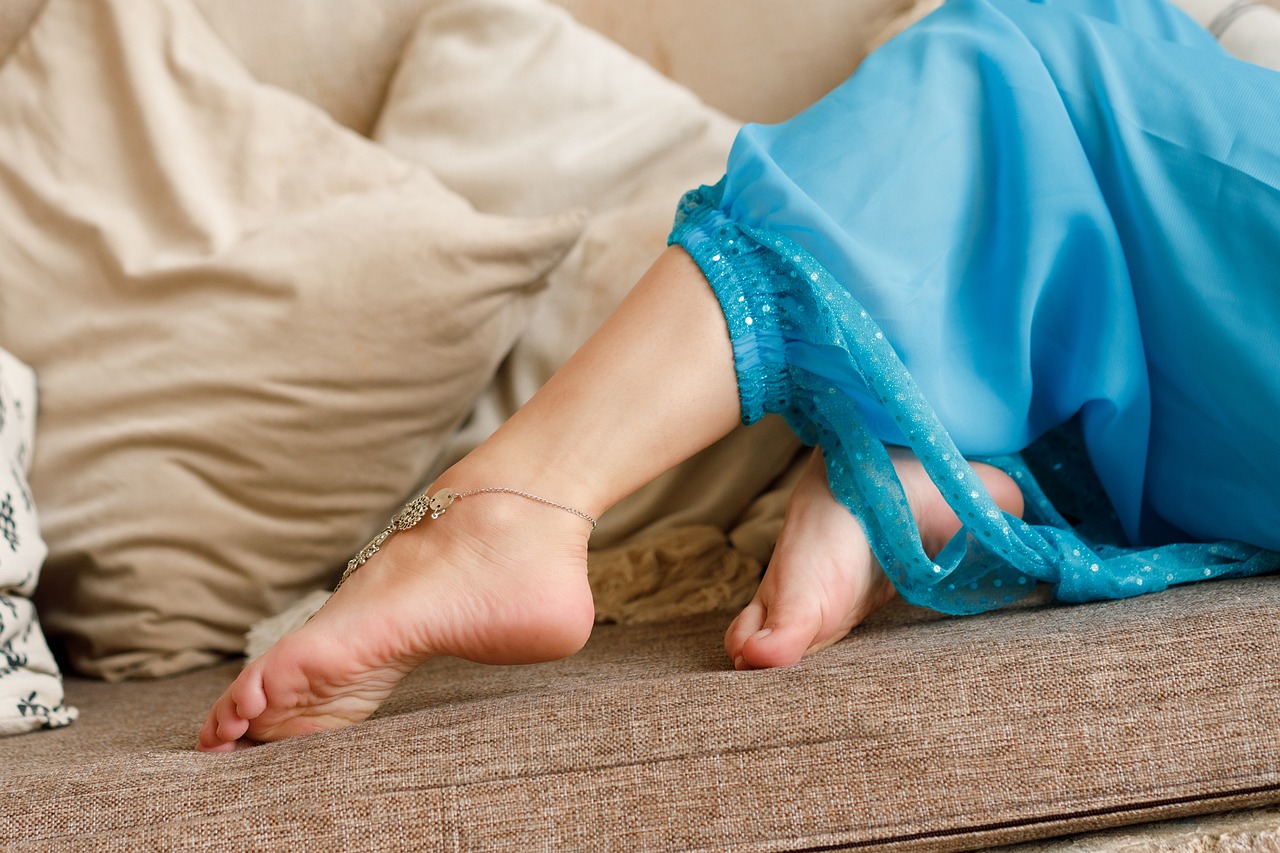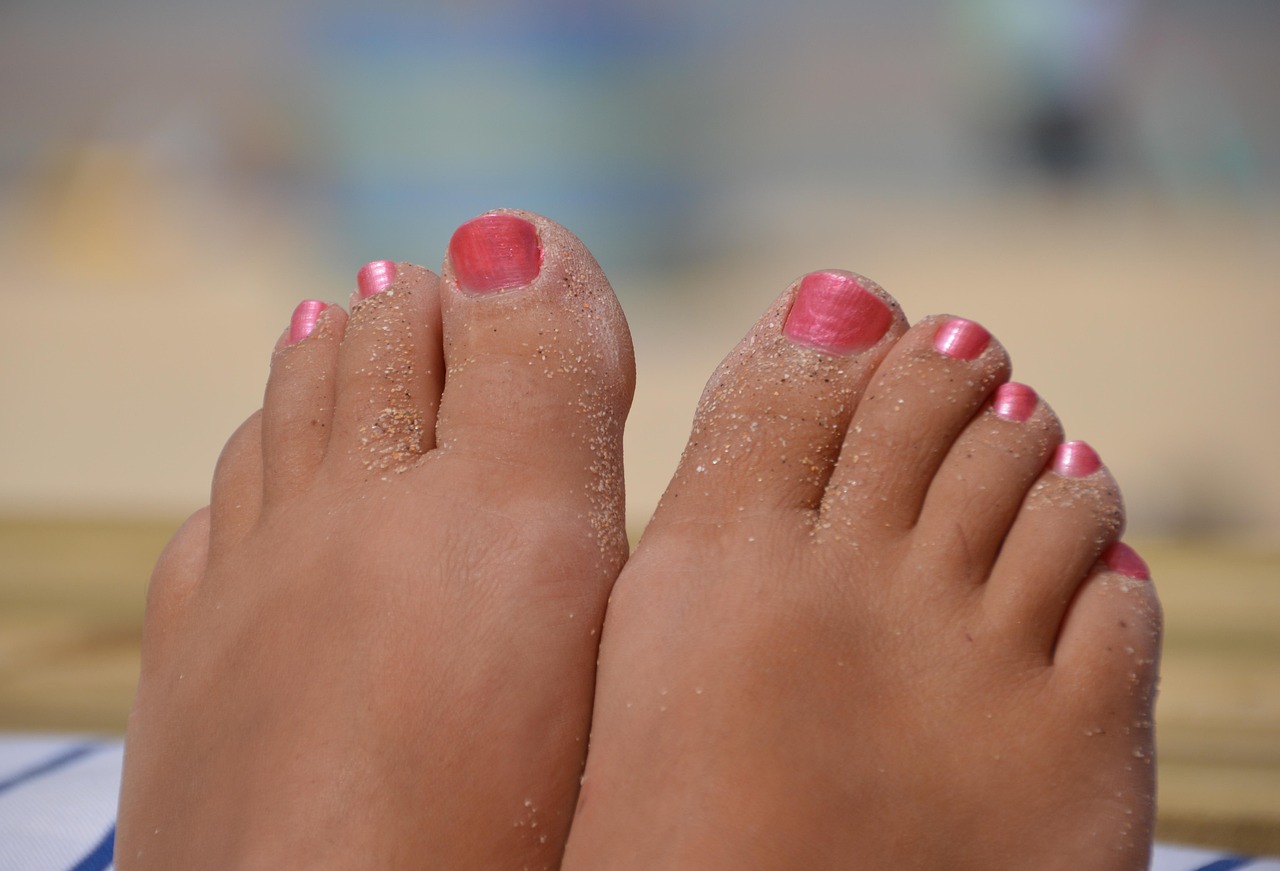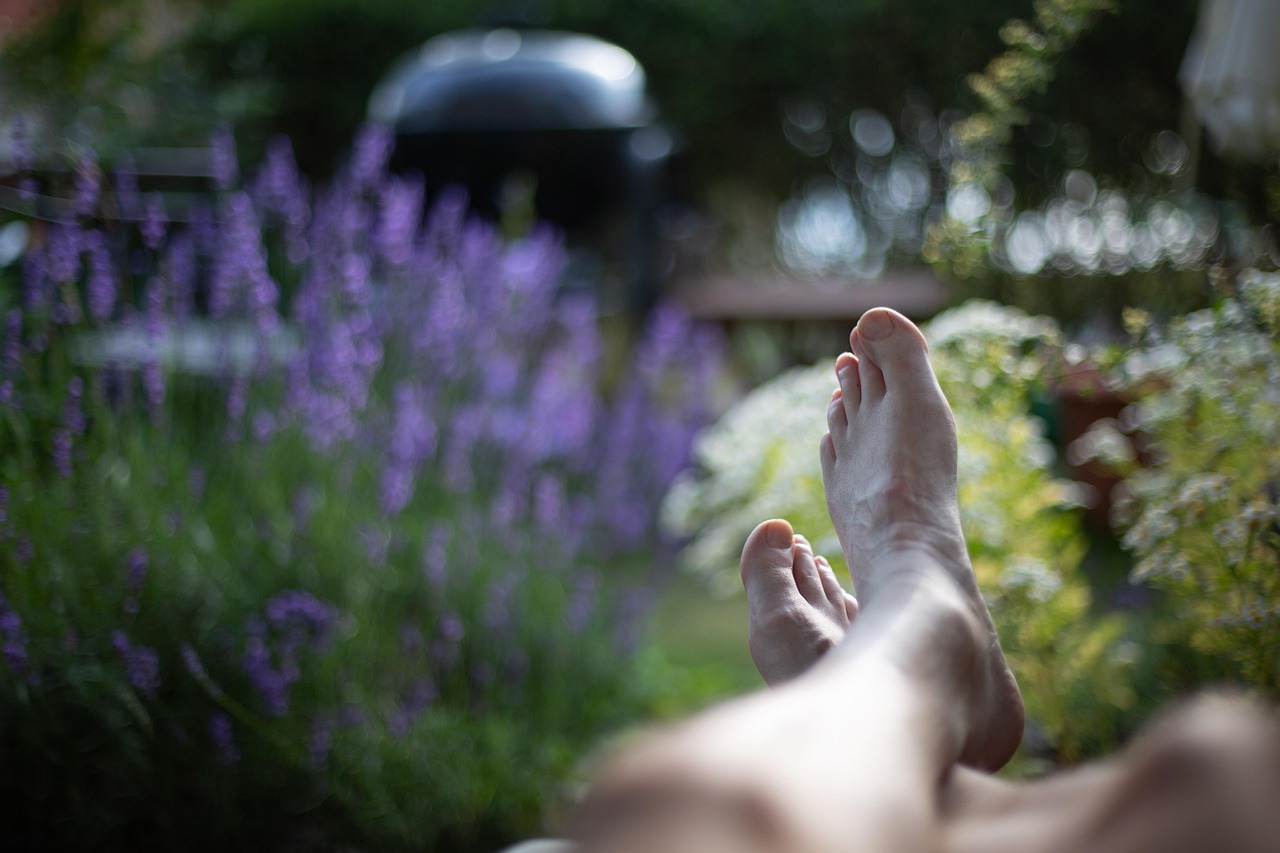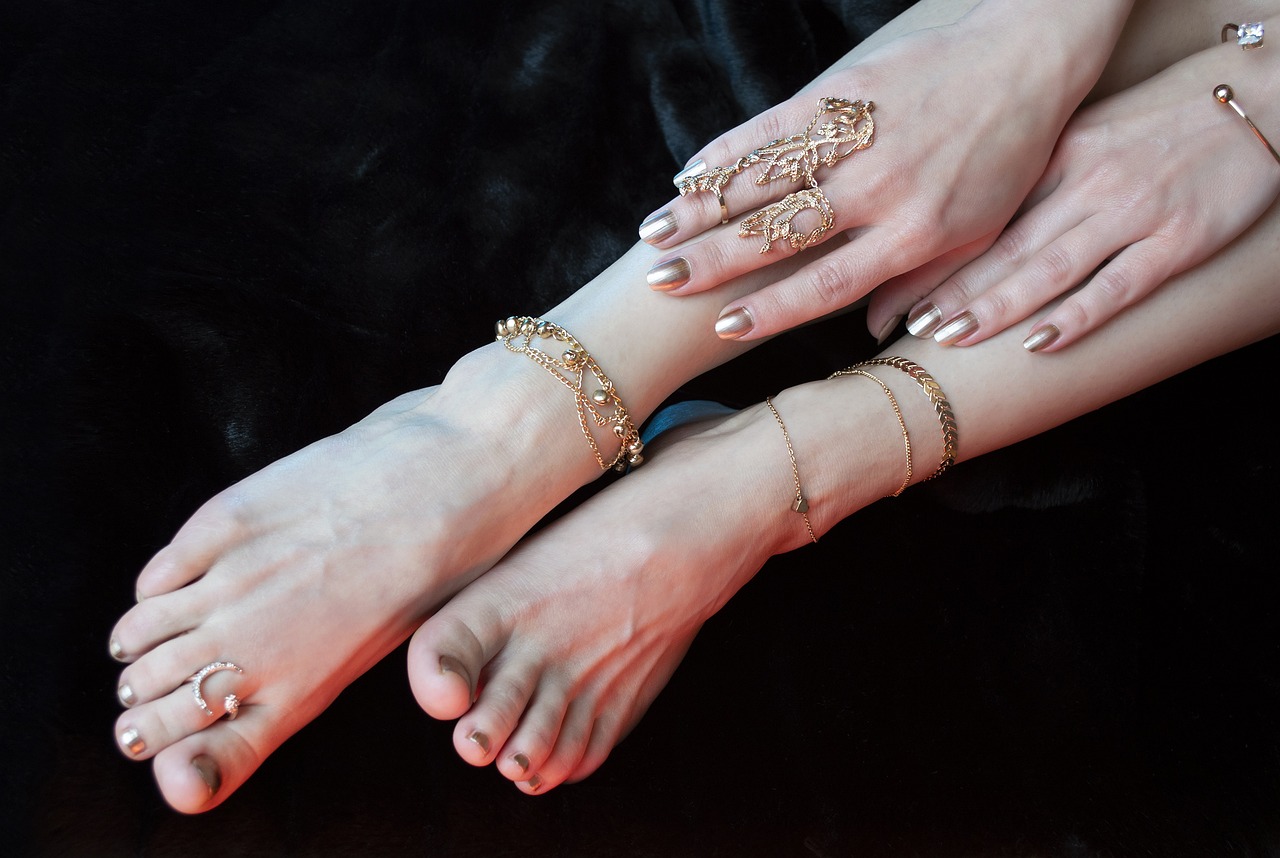It’s not just about applying cream — it’s how you do it.
You apply lotion regularly. You’ve bought the “right” foot cream. Maybe you even wear socks to bed. But your heels are still dry, rough, or even cracked. Sound familiar?
Here’s the truth: most people moisturize their feet incorrectly — especially their heels. And even the best products won’t work unless they’re applied at the right time, in the right way, and under the right conditions.
In this article, we’ll explore the most common mistakes people make while moisturizing their heels, why they matter, and how to fix them with science-backed techniques and premium products from The Beauty Pure.
Table of Contents
Toggle🧴 Mistake #1: Applying Cream to Completely Dry Skin
Many people towel off after a shower and wait until their skin is fully dry before applying foot cream. Unfortunately, dry skin repels moisture.
✅ What to do instead:
Apply your cream when your feet are still slightly damp — ideally within 3 minutes after showering. Damp skin is more permeable and allows active ingredients to absorb better.
🧴 Mistake #2: Using Body Lotion Instead of Heel-Specific Cream
Your favorite body moisturizer may smell nice, but it’s not strong enough for thick, dry heel skin. Heels need targeted ingredients like:
- Urea – for softening thick skin
- Panthenol & Allantoin – for healing microcracks
- Glycerin – for long-lasting hydration
✅ Use:
👉 Lapitak Cream for Cracked Heels
👉 Lapitak Foot Care Cream for daily moisture maintenance
🧴 Mistake #3: Only Moisturizing in the Morning
A quick morning application is great, but your heels need extra care at night, when your skin’s natural repair process is most active.
✅ Fix:
Make heel care part of your evening ritual. Apply cream after a shower or foot rinse, and follow with cotton socks to trap moisture overnight.
🧴 Mistake #4: Applying Too Little Product
Most people apply a thin layer of cream and expect deep hydration. But thick, dry heel skin needs more product and more massage to absorb effectively.
✅ Tip:
- Use a pea-sized amount per heel — or more if skin is very dry
- Massage in circular motions for at least 60 seconds per foot
💡 The longer you massage, the deeper the penetration — and better the results.
🧴 Mistake #5: Ignoring the Ball of the Foot and Sides
Focusing only on the heel pad? You’re missing key friction zones. The sides of your heels, the outer edge, and the ball of your foot also need attention to prevent cracking and dryness.
✅ Apply cream generously across the entire bottom of the foot, not just the center.
🧴 Mistake #6: Not Prepping the Skin
Applying cream to dead skin layers is like watering concrete — nothing penetrates.
✅ Exfoliate gently 2–3 times a week:
- Use a soft file or exfoliating cloth
- Avoid metal tools or harsh scrubbing
- Follow up immediately with a rich cream
🕒 The Ideal Moisturizing Routine
| Time | Action |
|---|---|
| Morning | Light cream like Lapitak Foot Care Cream to protect throughout the day |
| Evening | Richer formula like Lapitak Cracked Heel Cream, plus socks |
| Weekly | Gentle exfoliation to remove buildup |
👟 Bonus: What to Avoid After Moisturizing
- Don’t immediately walk barefoot on hard floors
- Don’t apply cream between toes (moisture buildup can cause fungal issues)
- Don’t skip days — cracked heels form fast if hydration is inconsistent
Final Thoughts: You’re Not Moisturizing Wrong — Just Incomplete
If your heel cream “isn’t working,” the problem might not be the product — it might be how you’re using it. With the right technique, timing, and consistency, even deeply cracked heels can heal quickly and stay soft.
👉 Give your feet the care they truly need with dermatologist-approved products from The Beauty Pure. It’s not just about the cream — it’s about the method.





